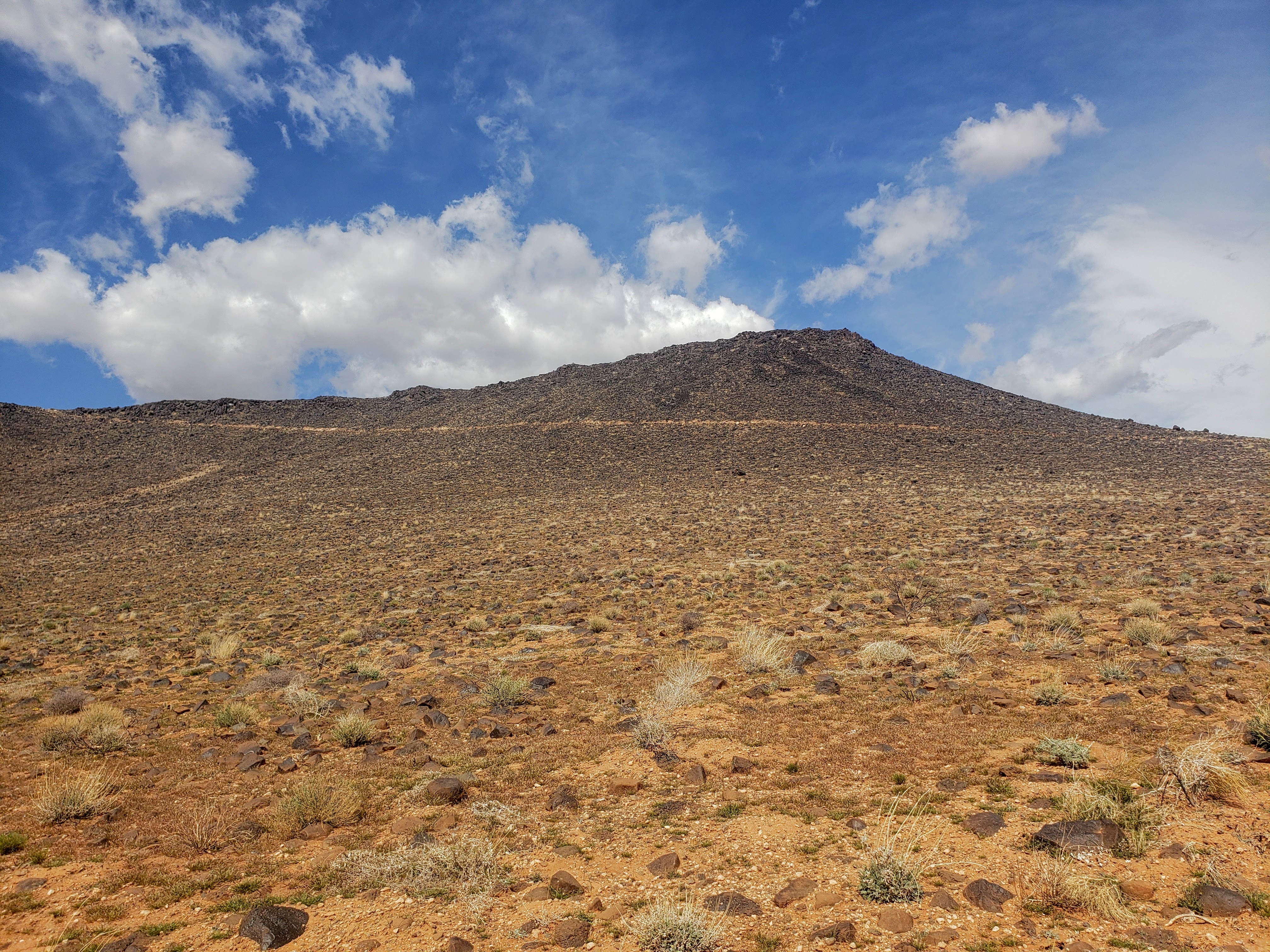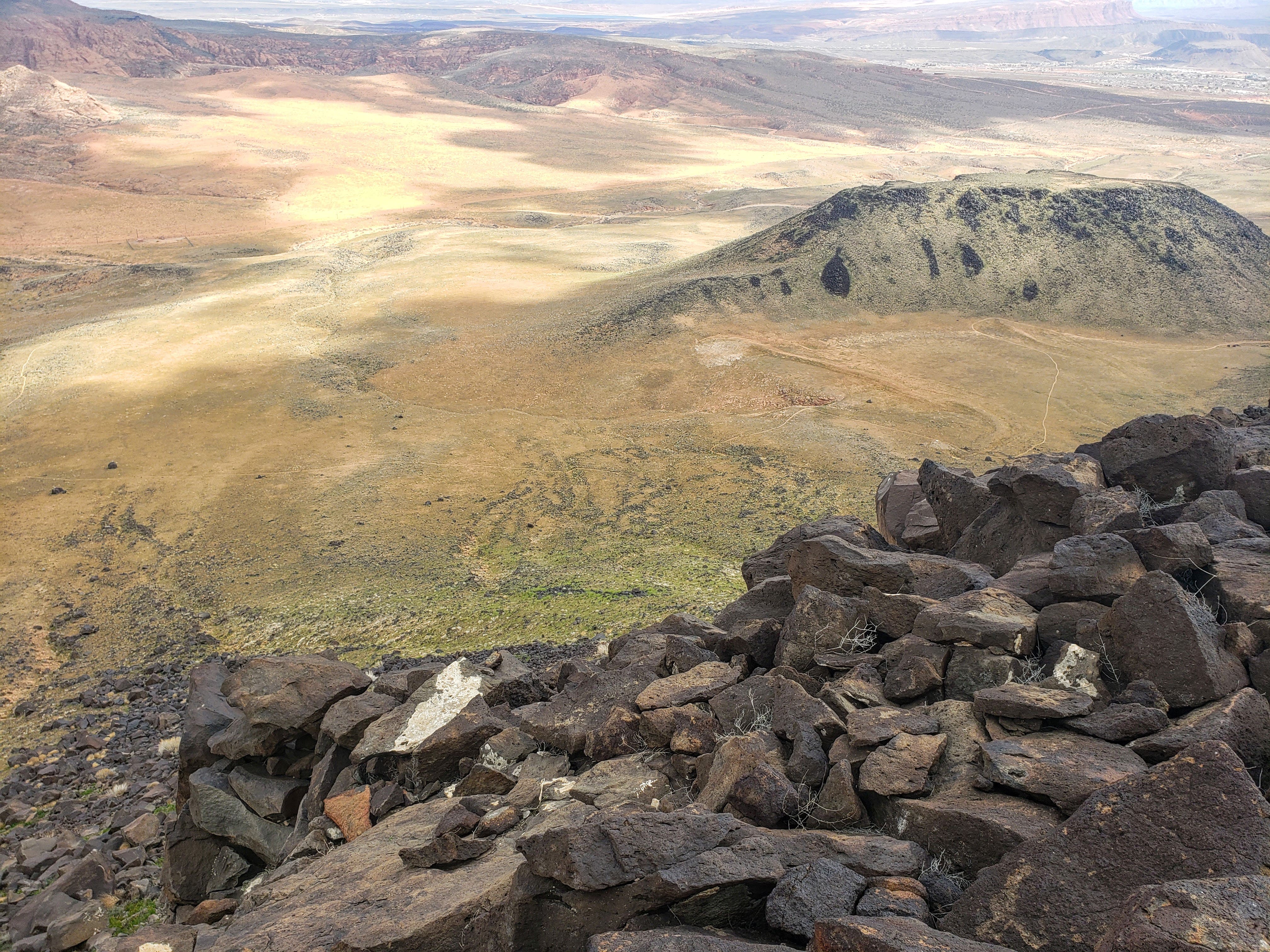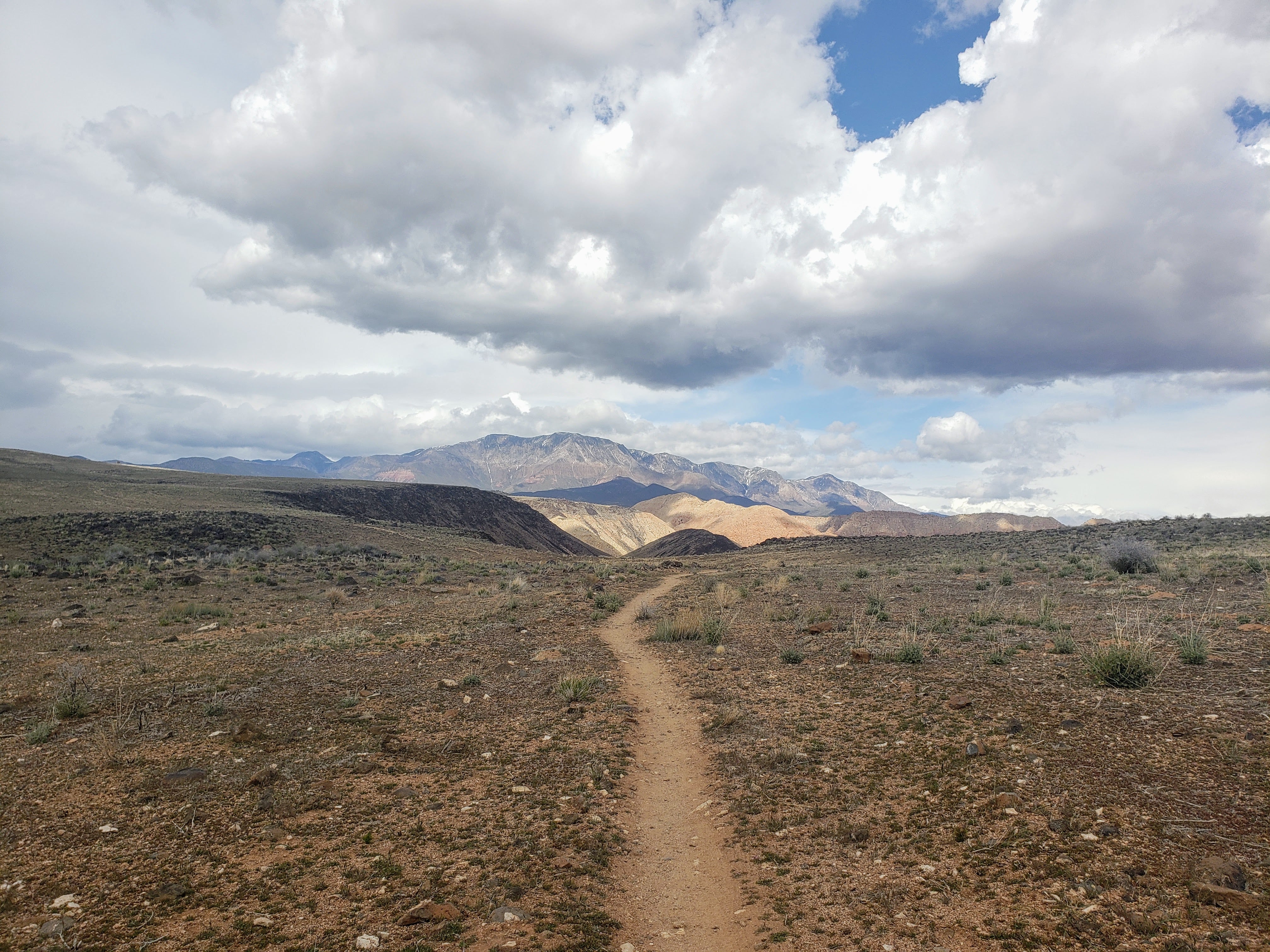Ice House
The quick history of ice houses is that a couple of hundred years ago people would use them as a place to store ice throughout the year. They are usually completely underground or next to natural places of ice in the winter. During the winter people would go up and collect ice to be stored in such houses. Personally, I don’t know if there are still remnants of an ice house up on top of the peak. There is little information on if there is actually one up there. So if someone does find one make sure to tell the rest of us.
Introduction
There are two separate main ways to get to the icehouse each is for a specific activity which will be described below. The main reason to hike or bike these trails is for the amazing view of the top. As you can see from the picture above you will be able to see pine valley mountain also known as the signal peak. You will also be able to see the red hills of Washington.
Hiking Trail
Icehouse is about 4.1 miles to the peak that is marked on the map. This is one way so the total amount round trip is about 8.2 miles. This hike would be labeled in the mid to strenuous hiking difficulty. This is mostly because the first part of the trail is quite sandy which makes it harder to get a full stride. The other most difficult part is the incline up the mountain. There are many boulders in the pathway which makes it that much harder. The incline is also not gradual, of people that are out of shape this may not be the hike for you. However, for those that are ready for the challenge the view is truly amazing.
Biking Trail
Water
Because this hike does take around 4 hours it is suggested that you take plenty of water. Depending on the season the amount of water needed will also change.
- Winter: bring about 32 to 48 fluid ounces (2-3 water bottles) of water.
- Fall and spring: bring about 48 to 64 fluid ounces(3-4 water bottles) depending on how hot the weather is.
- Summer: bring 64 or more fluid ounces(4 water bottles). It gets in the upper 100s in the summer so be very careful to bring plenty of water and to take frequent breaks to avoid heatstroke.
What to Wear
- Winter: bring a jacket and maybe another light jacket just in case the wind picks up
- Fall and spring: light jacket preferably with a hood to keep out sun and wind. Also might as well wear some sunscreen.
- Summer: definitely wear sunscreen you will get burned if you don't. You may also want to look into a buff. They will keep the sun and sand out of your face.
What to Watch Out For
Look out for rattlesnakes everywhere around here. I have had a few close calls myself and trust me you don't want to surprise one.
On this trail lookout on stormy days and windy days. You will be the tallest thing for miles so you may get struck by lightning if you are not careful. Also when I went up there it was quite windy and there were many tumbleweeds that hit me on the way back. It may sound funny but trust me some can be very thorny and can hurt quite a bit.


